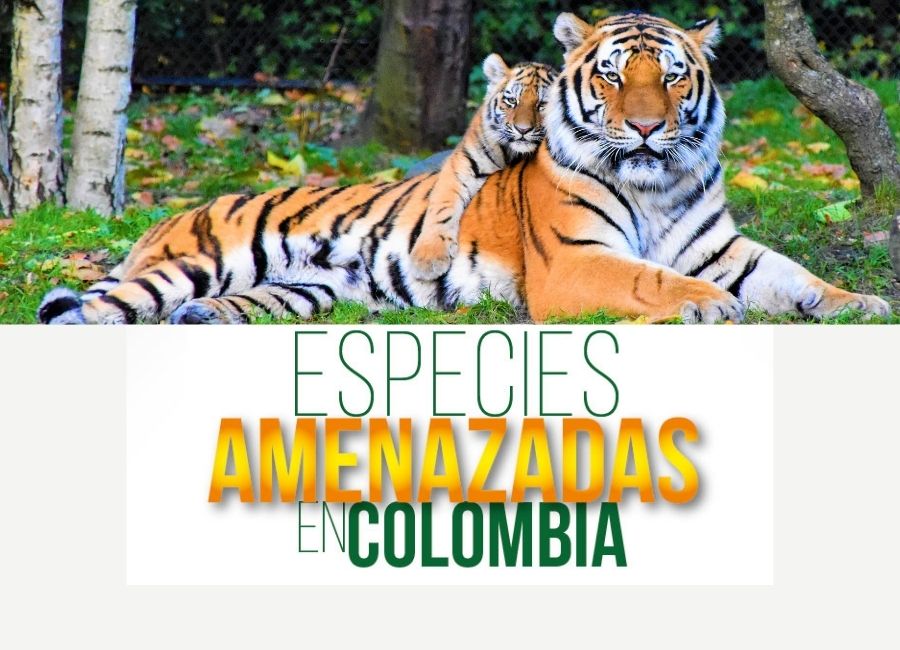The Ministry of Environment and Sustainable Development and the National Police raise their voices in condemnation of the recent acts of violence against animals in the country. For this reason, they invite all Colombians to join the campaigns #IProtectAnimals and #OurWildlifeDeservesRespect.
“I call on all Colombians to protect our fauna and flora and to report any attack against our ecosystems or harm to any species. Such actions constitute a crime that can result in penalties ranging from fines to 12 to 36 months of imprisonment. The support of regional environmental authorities is essential, and together we must stop the illegal trafficking of flora and fauna, as well as other crimes against the environment,” stated the Minister of Environment and Sustainable Development, Gabriel Vallejo López.
Likewise, Vallejo stated that wild animals cannot be used as pets and emphasized the importance of the Andean bear in forest and páramo ecosystems, as this species contributes to the conservation of water resources in Andean countries — “where there are bears, there are forests.”
According to reports from the National Police, the illegal trafficking of species affects 234 types of birds, 76 species of mammals, 27 reptiles, and 9 amphibians. The most affected include ocelots, monkeys, macaws, sloths, among others.
It is important to emphasize that removing native animals not only causes an imbalance in ecosystems but also inflicts pain and trauma on each of these species. We must not forget that planet Earth belongs to everyone.
Threatened species in Colombia
In Colombia, 1,203 species are classified under various threat categories according to the criteria of the International Union for Conservation of Nature (IUCN). Of these, 173 are critically endangered, 390 are endangered, and 640 are considered vulnerable. Among them, 407 are animal species and 796 are plant species.
Among the main threats are illegal trafficking, the introduction of exotic species, the expansion of the agricultural frontier, habitat transformation and fragmentation, and climate change.
Fuente: http://www.minambiente.gov.co



